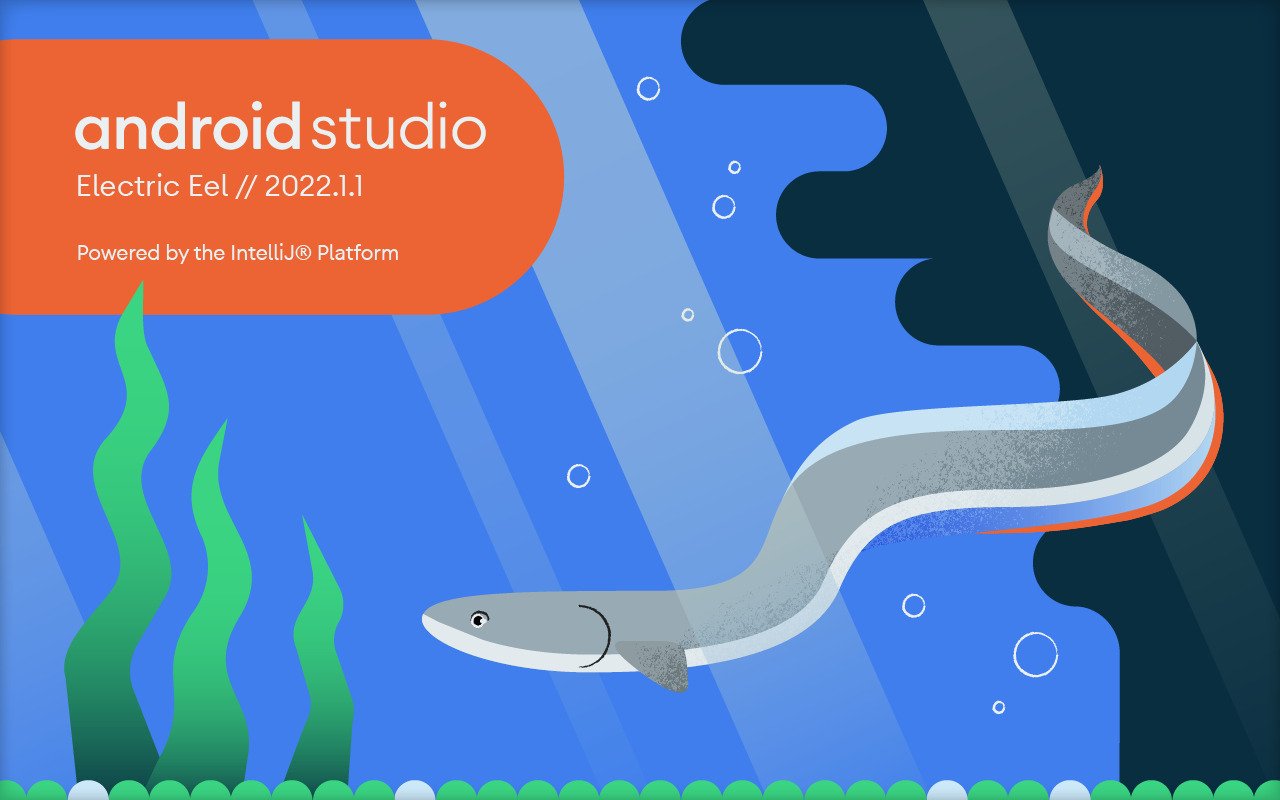
Introduction
Android Studio has been the official Integrated Development Environment (IDE) for Android app development since its inception. The latest version, Android Studio Electric Eel, introduces numerous features and improvements enhancing the development experience. This article explores the key features, advantages, disadvantages, and usage of Android Studio Electric Eel for creating stunning Android applications.
What is Android Studio Electric Eel?
Released in June 2024, Android Studio Electric Eel is the latest version of the Android Studio IDE. Designed to provide a seamless and efficient development environment, the name "Electric Eel" signifies the powerful and dynamic nature of this version, packed with innovative tools and enhancements.
Key Features of Android Studio Electric Eel
Improved Performance
- Faster project loading
- Quicker code analysis
- Smoother navigation through the interface
Enhanced Code Editor
- More intelligent code completion
- Better refactoring tools
- Enhanced analysis capabilities
Integrated with Google Services
- Easier integration with Firebase and Google Cloud
- Access to tools like Firebase Analytics, Crashlytics, and Realtime Database directly within the IDE
Advanced Debugging Tools
- Easier breakpoint setting
- Greater precision in variable inspection
- Live debugging capabilities for real-time app behavior monitoring
AVD Manager Enhancements
- Simplified creation and management of virtual devices
- Specific configurations for virtual devices with just a few clicks
New Project Templates
- Pre-configured settings for common app types like games and chat apps
Enhanced SDK Components
- More comprehensive and easier-to-manage SDK components
- Simple installation of necessary SDK components during setup
Pros of Using Android Studio Electric Eel
Tailored for Android Development
- Tools like the Android Emulator specifically designed for Android developers
Intelligent Code Editor
- Features like code completion, refactoring, and analysis help write better code faster
Integrated with Google Services
- Simplified use of powerful tools like Firebase and Google Cloud within the IDE
Advanced Debugging Tools
- Real-time monitoring capabilities make it easier to identify and fix issues
Cons of Using Android Studio Electric Eel
Resource Intensive
- Requires significant system resources, potentially slowing down older computers
Steep Learning Curve
- Complexity can be overwhelming for beginners, requiring time and practice to master
Alternatives to Android Studio Electric Eel
Eclipse with ADT Plugin
- Less resource-intensive alternative supporting Android development
- Lacks some advanced features of Android Studio but offers a lightweight environment
IntelliJ IDEA
- Similar features to Android Studio with support for multiple languages and platforms
- Versatile IDE for various types of development projects
Setting Up Android Studio Electric Eel
- Download: Visit the official Android Studio website and download the version for your operating system.
- Install: Open the downloaded file and follow the installation prompts.
- Launch: Open the installed program by clicking the Android Studio icon.
- Setup Wizard: Configure settings such as SDK components and project templates using the setup wizard.
- SDK Installation: Ensure all necessary SDK components are checked during setup.
- Workload Selection: If using Visual Studio, choose the required workloads (e.g., .NET desktop development) and click Install.
Creating a New Project in Android Studio Electric Eel
- Start a New Project: Click on Start a new Android Studio project.
- Name Your Project: Provide a name and choose a template.
- Configure Project Settings: Set project settings such as package name, language, and minimum SDK version.
- Create Project: Click Finish to create the project.
Running and Debugging Your App
- Create Virtual Device: Use the AVD Manager to create a virtual device with specific configurations.
- Run Emulator: Click Play to start the emulator.
- Build and Run: Click the Run button (green triangle) to compile and run the app on the emulator or local machine.
- Debugging Tools: Use the provided debugging tools to set breakpoints and inspect variables.
Frequent Problems and Fixes
Slow Performance
- Increase the IDE's memory allocation by going to Help > Edit Custom VM Options and adjusting the heap size accordingly.
Final Thoughts
Android Studio Electric Eel is a powerful tool for Android app development, offering numerous features and enhancements. While it has drawbacks like being resource-intensive and having a steep learning curve, its benefits far outweigh these limitations. Whether a seasoned developer or just starting out, Android Studio Electric Eel is essential for creating stunning Android applications.
Understanding and leveraging all the features of Android Studio Electric Eel allows developers to create apps that are functional, visually appealing, and user-friendly. Whether working on a simple chat app or a complex game, this IDE provides everything needed to bring your vision to life.
